
Does cold email work for landing a job?
How reliable is sending a cold email directly to the HR department or head of sales, marketing, or engineering for a job opening you’re interested in getting?
Should you even bother? Is your only option to drop your resume into an ocean of applications for the most sought-after jobs and hope to strike gold?
Many think that to get your foot in the door of a big or fast-growing company you need:
- A contact on the inside, and/or
- The most impressive resume
The truth is, while both definitely help, it’s the knowledge of how to craft a great cold email and a little persistence that get the job done. It’s the only way to guarantee you’ll get noticed – every time.
Take a look around, and you’ll find countless stories of people who wrote and sent cold emails for jobs they eventually landed.
It works, but you need to have the know-how to craft an effective cold email – one that will get a response – and the persistence to follow-up if necessary.
That’s where this guide comes in.
In what follows below, we’re going to break down some critical tips you need to make the most of cold emails for jobs you’re applying to, as well as go over some templates you can use.
Here is what we’ll be covering …
Table of Contents:
- 5 Tips for writing a cold email that gets you the job
- 3 Cold email templates for jobs
- Additional resources
- Frequently asked questions
First, let’s talk about some key tips. These are things you should know if you want to make the most of sending cold emails to land a job for yourself.
Tips for writing a cold email that gets you the job
If you’ve identified one or more companies to work at with openings that you’d like, and you know you’ll either have to send a resume through a job board or shoot someone internally a cold email, what’s the first step?
First, before you get to writing your email, let’s talk about a few things you should keep in mind:
1. Find the best person to contact
One of the most important but often overlooked steps is finding the right person to contact.
The last thing you want to do is take all this time preparing a great cold email that has a real chance of catching the right person’s attention … only to send it to the wrong person.
Fortunately, the internet — specifically LinkedIn — gives us an easy way of finding that person.
Start by searching for the person you’re looking for based on their position. (If you don’t know exactly what title they use at that company, check their website, or guess, and you’ll often get the right result.)
For example, if you’re looking for the head of engineering at Buffer, start by typing that into the search bar:
Next, switch the main search type from ‘Jobs’ (default) to ‘People’:
Once you’ve done that, look to the right of that same search settings bar under “Current companies” and type in Buffer. You should see it pop up as you type:
And bam, you’ve got several relevant search listings available to you:
From there, you could send them a message, but it will cost you LinkedIn Premium. Not only that, but an email sent to their inbox will be much more effective than a message sent to a social profile.
Instead, you can use a Chrome extension such as AeroLeads to dig up the email addresses of contacts on LinkedIn for free. (Or, read this guide on sneaky ways to find your contact’s email address.) Then, shoot them an email directly to their inbox, which helps warm up that cold contact a bit.
However you go about it, make sure you take the time to find the right contact for the position you’re interested in having. Once you’ve got that, it’s time to move on.
2. Invest time in crafting a great cold email subject line
It’s not enough to write a great email. If your subject line leaves much to be desired, they won’t even bother opening it.
Crafting a great cold email subject line is a whole topic in itself. However, here’s the 10,000-foot view:
- Keep it short: Most people read email on their smartphones, so try and keep your subject line to less than 25-30 characters if possible, the average subject line limit for most email apps.
- Make it enticing or entertaining: You need to give them a reason to open the email, and you need to try and make it compelling. If you can’t, at least try and make it intriguing so that they want to click out of curiosity to find out more.
- Make sure you can deliver on your promise: Don’t say something sensational in your subject line just to get a click. You need to make sure that whatever you say in your subject line matches what they’re going to get in the body of your email.
For example, the subject line below pulls together most of these ideas, although it’s a bit long.
However, the really enticing part shows up at the beginning, which is the key:
If you want to know more about how to craft a great subject line for cold email campaigns, read our guide: 43 Cold Email Subject Lines That Get Your Emails Opened Instantly (and When to Use Them).
3. Find relevance (warm things up)
When it comes to crafting your actual message, one of the most important things you can do is to find some sort of relevant connection between you and the other person.
In an experiment by Contently co-founder Shane Snow and EveryVowel founder Jon Youshaei (as reported by FastCompany), a highly targeted and personalized email campaign sent to 1,000 of the busiest executives in the world netted them a 45.5% open rate.
That’s incredible, even by basic warm email standards (roughly 2X-3X the industry standard) – and these were cold contacts.
Not to mention, their targets are very busy people typically considered nearly impossible to reach.
How did they get these kinds of open rates with cold email? Personalization and relevance.
They reached out using first names and looked for ways they could make a personal connection or anything of relevance to say to the other person.
Find something you have in common.
So, how can you apply this when inquiring about a job opening through cold email?
Imagine them asking: why me? Why should I be interested in this email you’re sending?
One of the easiest ways to do this is to find something you have in common.
The reality is, we’re all starving to connect with others. If you can find some relevant connection between the two of you, you’ll personalize your email and draw them in.
Maybe you read through their Twitter feed and noticed they went to the same college, that they like your NFL team, or they live in your town/state:
Just find something you can use to start pulling that initial message from ice cold to lukewarm, and you’ll find your chance of getting a response goes up considerably.
It isn’t always possible, but it’s powerful enough that you should always keep it in mind whenever you’re reaching out. If nothing else, use their first name in the body of the email.
4. Show (instead of telling)
One of the biggest mistakes people make in that first contact about a job inquiry through email is talking about themselves and never showing why they’re a great fit for the job.
For example, DON’T:
Instead, DO:
Everyone talks. Talk is cheap.
Instead, show them samples of what you can do (or quote a recommendation — there are all kinds of ways you can do this).
If you can show value, you’re giving them real, convincing evidence that you’re the right person for the job and will be much more likely to get a response.
5. Keep it professional without being stuffy
Often people go overboard in the way they communicate when using outreach, to the point of cringe-worthy and stuffy over-professionalism.
And yet many more swing the other way, and try too hard to sound like an old friend.
Don’t do either of those things.
This is bad:
This is better:
The second example not only combines a few of the other points we’ve been talking about, but it also keeps it professional without getting stuffy.
Professional is respectful. Stuffy is impersonal. You want to show respect, but you don’t want to be impersonal. (After all, you’re trying to make a connection!)
Templates
Now that you have a good idea of what it takes to craft a high-quality cold email, let’s get into some cold email templates.
Keep in mind that these are just a starting point. Use these templates to get a better idea of how you should structure your email to get a response.
Then, take some time to craft an email that’s unique and personalized based on you and for them.
Here’s the first template:
Template 1: Use your previous work samples
This is a template we covered earlier, but it’s worth repeating as it’s arguably the best way to approach just about anyone for a job opening.
Remember when we talked about “showing, not telling’?
This template works for a simple reason: while everyone is busy merely sending in their resumes (i.e., telling the hiring manager why they’re a good fit), you take it one step further and show them.
So, gather together your two or three best previous work samples and get ready.
These can be:
- Graphics
- Writing samples
- Statistics (preferably via charts or some valid documentation/report)
- Demos
Here’s an example:
Keep in mind that you still want to attach your resume to each email you send.
That’s a given, but you don’t want to place the focus on your resume for the same reasons we’ve mentioned above.
Your samples will be more effective at convincing them you should get the job over other candidates. So, make sure they’re the highlight. If you want to mention that you’ve attached your resume, consider including it in a P.S.
Template 2: Create a sample on-the-fly
What if you don’t have a snazzy relevant example or proof of results you can send them?
One option you can always use that has the same effect is to create something on the spot.
Take a few hours to put together:
- Social media manager: A list of suggestions to improve the social marketing of said company along with a few example graphics or a strategy outline. (Show that you’ve done your research.)
- Sales: A plan that outlines suggested changes based on recent research and evidence you may have seen in your previous role.
- Engineer: Create a short and simple demo of a feature you suggest adding and an explanation of why — what you believe it will do for the user experience, etc.
These are all things you can create on the fly. And the cool thing about this strategy is it will show them just how serious you are about the position, even more than the previous template (although it takes more work).
Here’s an example:
Template 3: The follow-up
The reality is, most of the time, you won’t get a response to your first email.
That means your follow-up game needs to be sharp. You need to do more than send something minimal like this:
You do want to keep your follow-up email concise and to the point.
However, you also want to make sure to reiterate some of what you mentioned in your original email.
That’s because they probably haven’t read your original email yet.
So, if you send a follow-up email like the above, you’re not restating any of those relevant value points that you worked so hard to craft in order to get their attention.
Instead, repeat the most important parts with an example like this:
Notice that last line? There’s nothing wrong with a little power play. Make it clear that you’re interested in being employed very soon, just not exactly in those words.
And don’t hesitate to follow up more than once. It can often take several emails before you get a response.
You’re on their clock in terms of how soon they’re looking to fill the position, but as long as it’s still open, it doesn’t hurt to follow up a second time at least.
Get the job with a well-crafted cold email
Having a personal contact within the company or decades of experience is nice, but what if you don’t have either of those?
Cold email can give you a way of standing out in a crowded sea of resumes.
But you need to do it right– and that means following these tips and using the templates as a starting point for crafting a thoughtful and high-quality cold email campaign to those companies who you’re looking to hire you.
To learn more about how to craft a high-quality cold email campaign for your job search, check out these guides:
- 6 Ways to Write Highly Effective Cold Emails That Get Responses
- Top 7 Cold Email Software in 2020 (Features + Pricing)
- 6 Sneaky Ways to Find Prospects’ Email Addresses
Frequently asked questions
Does cold emailing work for jobs?
You can’t send just any old email to a completely cold contact and expect great results. However, a well-crafted cold email to a recruiter or manager is far more effective than a boring cover letter.
That’s because great cold emails for jobs you’re inquiring about can include samples of previous work or even custom examples you created just for them, which are more effective than a traditional resume.
Should you attach a resume to your cold email?
Yes! Always attach your resume to any cold email you’re sending for a job opening.
However, don’t depend on your resume to convince those in charge of recruiting that you’re the right person for the job.
Instead, include samples of what you can do in your email to show them your skills or results from previous roles in other companies.
Email marketing. Cold email. Mail merge. Avoid the spam folder. Easy to learn and use. All inside Gmail.
TRY GMASS FOR FREE
Download Chrome extension - 30 second install!
No credit card required

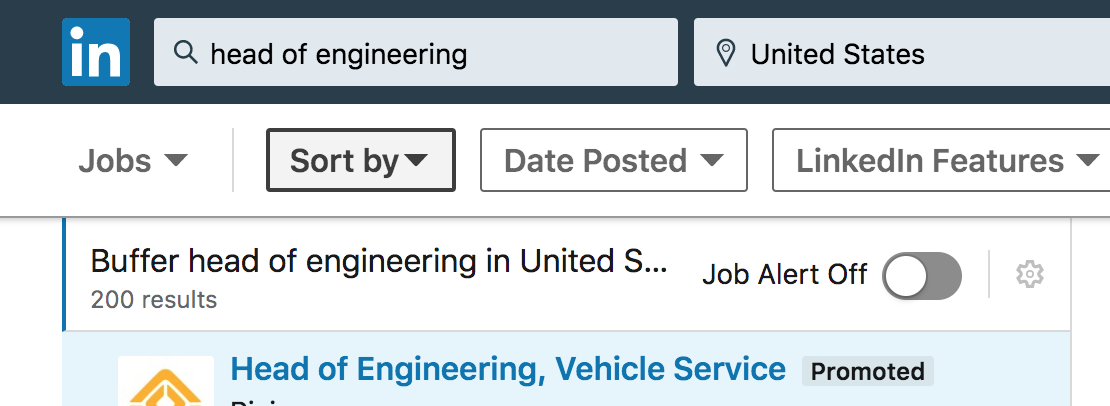
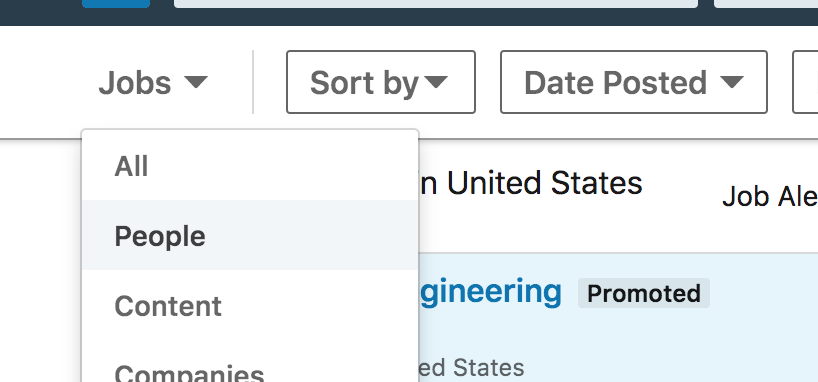
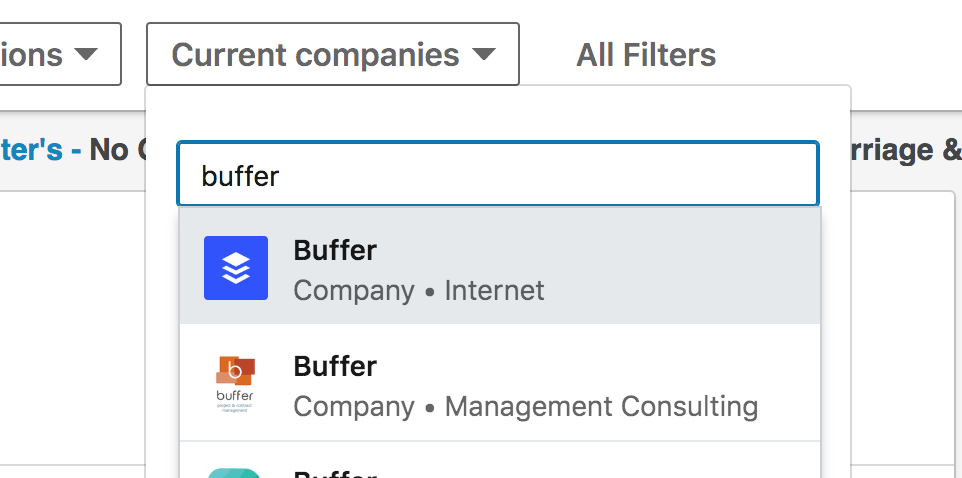





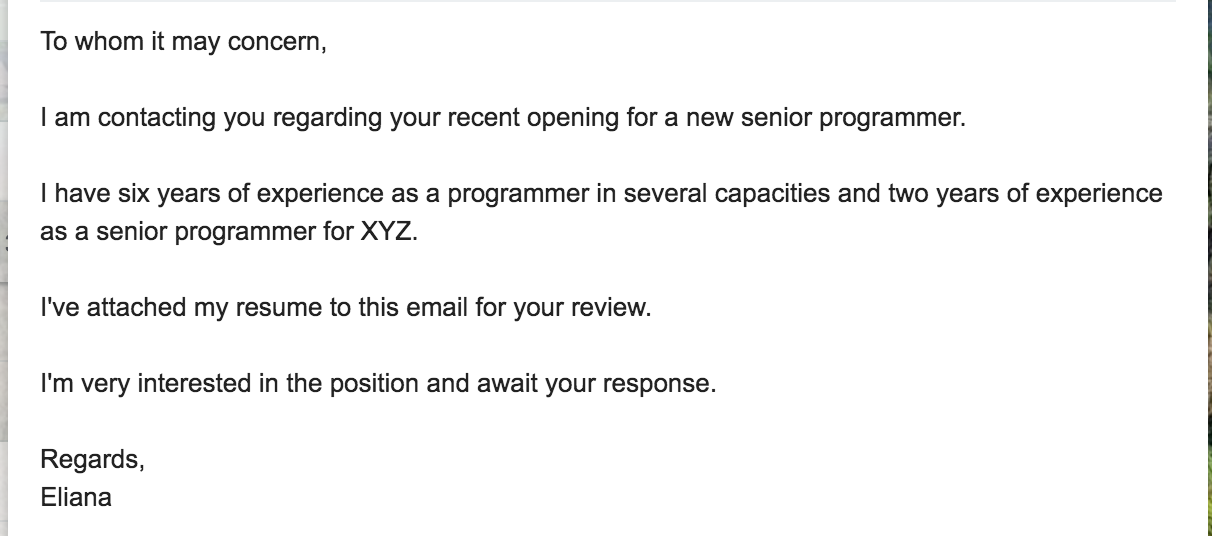
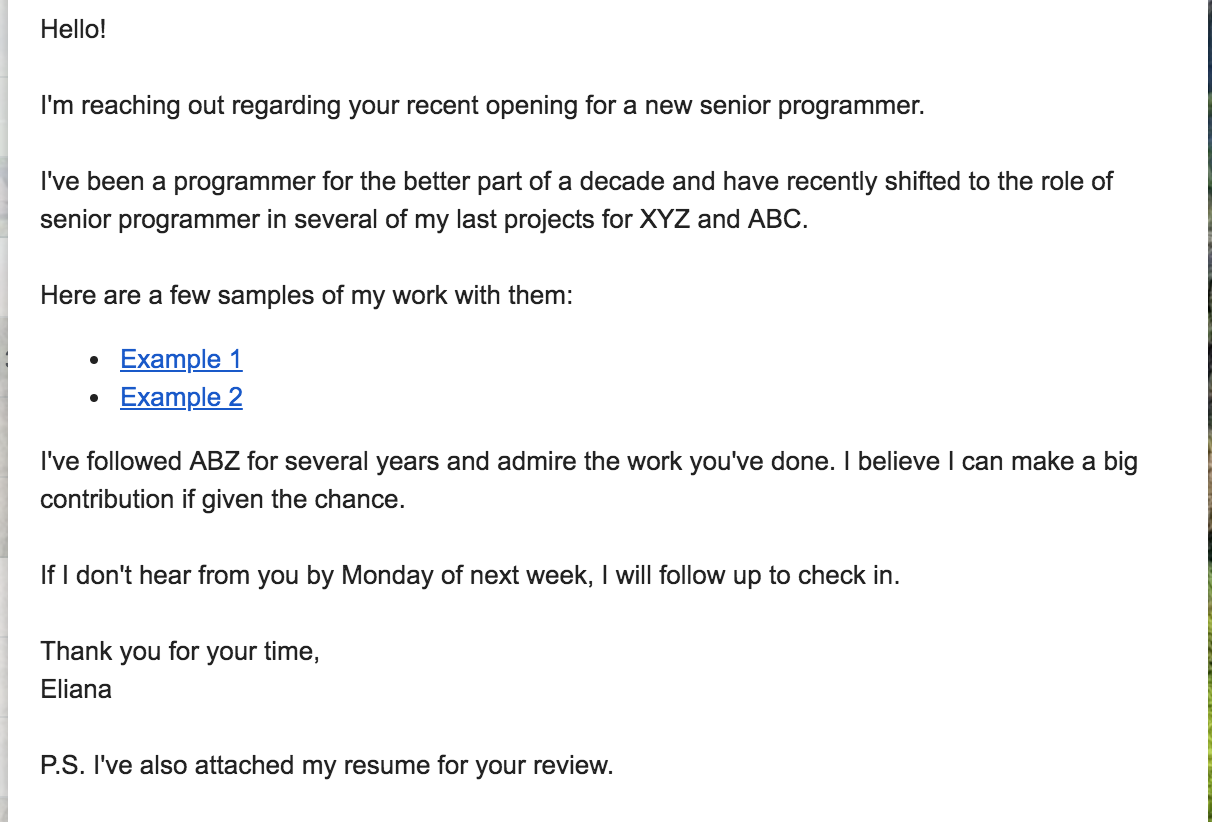
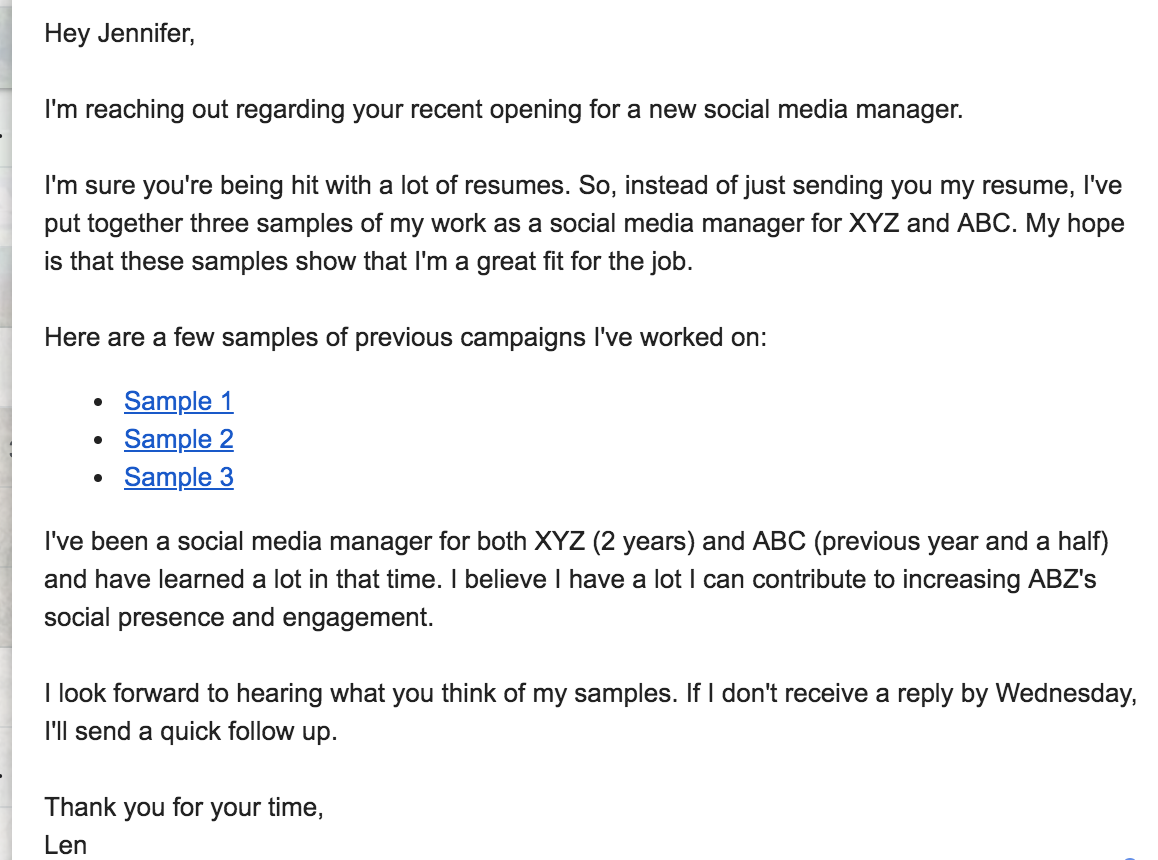
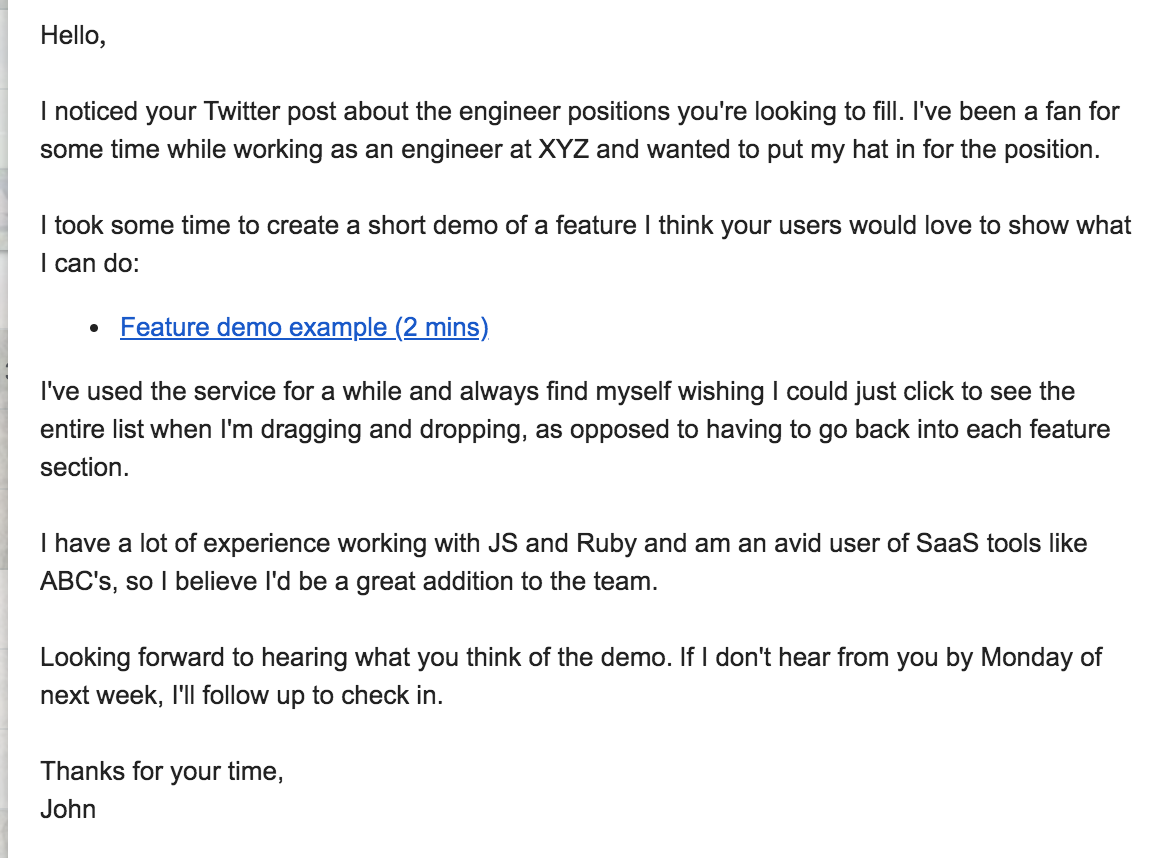

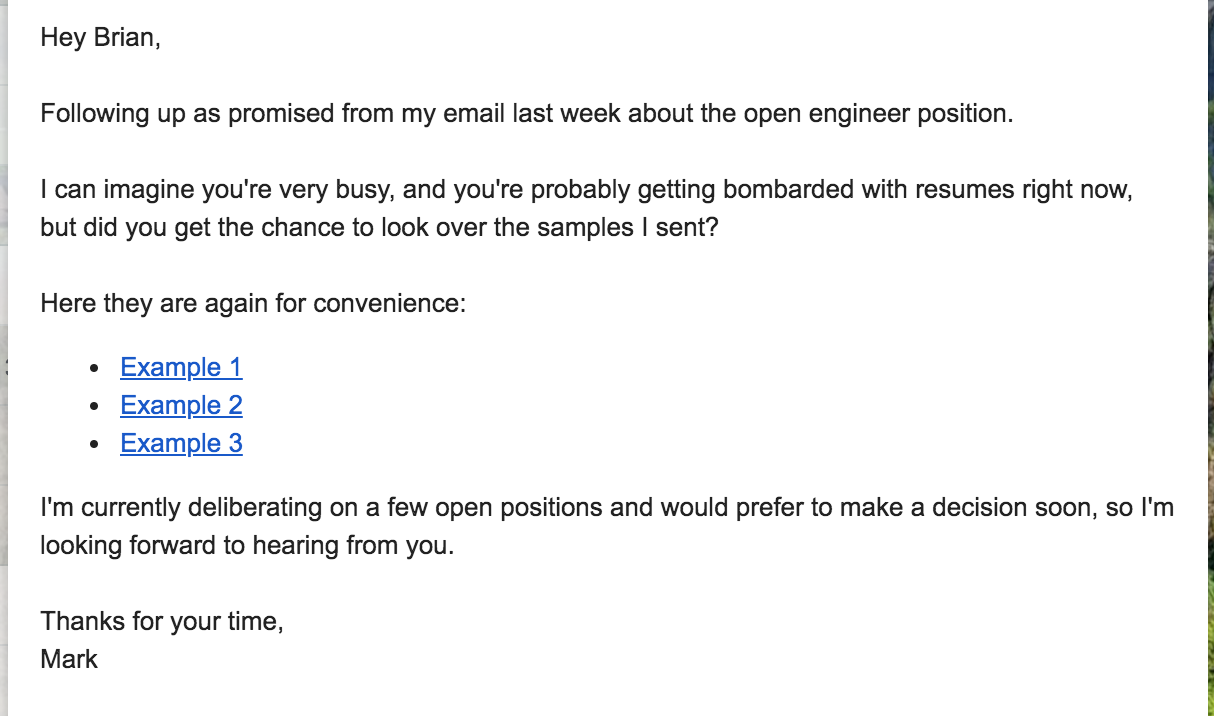

It is important to state who you are and your purpose early on in the email inquiry. The best way to do this is to be specific. Tell them who you are, where you work, how you got their information and why you are interested in the company. This may pique their interest and give them a reason to continue reading your cold email. Rather than asking for a job upfront in an email, ask about open positions in a follow-up email or at an arranged future meeting, like over coffee. Asking for too much can seem confrontational, so start slow and develop a relationship.